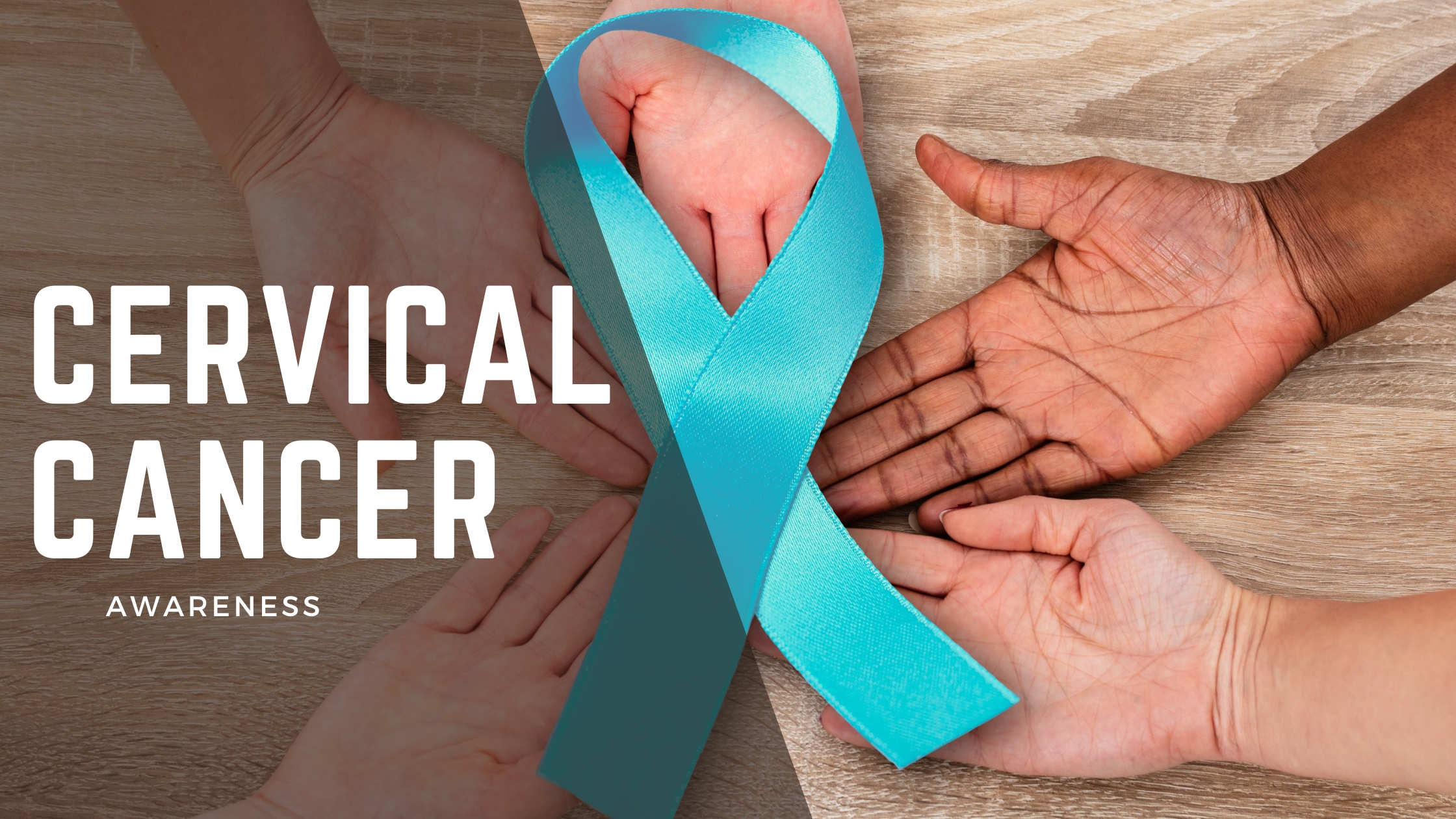
Increasing screening and prevention are key components of the effort to eradicate cervical cancer. Since almost all cases of the disease are caused by human papillomavirus (HPV) infection, vaccines that protect against the virus could prevent the vast majority of cases. Moreover, regular pap tests can catch and lead to treatment of the disease at the precancerous stage.
Mid-1940s, Dr. Georgios Nikolaou Papanikolaou’s ‘Pap smear’ cancer screening method was practiced and is now considered the most successful cancer screening test. With these positive steps forward, experts adjusted cervical cancer screening guidelines in 2012. Prior to this, cervical cancer was usually recommended annually for all women. The latest guidelines state:
The U.S. Food and Drug Administration (FDA) has approved three vaccines – Gardasil, Gardasil 9, and Cervarix – that prevent infection with certain subtypes of HPV including 16 and 18, two high-risk HPVs that cause some 70 percent of cervical cancers.
Vaccines are most effective when taken before exposure to H.P.V; therefore, regular screening is the best way to prevent cervical cancer.
HPV vaccination is recommended at ages 11–12 years. HPV vaccines can be given starting at age 9 years. All preteens need HPV vaccination, so they are protected from HPV infections that can cause cancer later in life.
CDC recommends that 11- to 12-year-olds receive two doses of HPV vaccine 6 to 12 months apart.
Vaccination is not recommended for everyone older than age 26 years.
HPV vaccination in this age range provides less benefit, because more people in this age range have already been exposed to HPV.
There are two steps you can take to lower your chances of getting HPV and diseases from HPV:
At any age, having a new sex partner is a risk factor for getting a new HPV infection. People who are already in a long-term, mutually monogamous relationship are not likely to get a new HPV infection.
Most men who get HPV never have symptoms. The infection usually goes away by itself. But, if HPV does not go away, it can cause genital warts or certain kinds of cancer.
Talk to your healthcare provider about anything new or unusual on your penis, scrotum, anus, mouth, or throat. This includes:
The American Cancer Society’s estimates for cervical cancer in the United States for 2022 are:
Joe. G. Rivera & Aurora de la Garza | Cameron County Annex Building
1390 W. Expressway 83
San Benito, Texas 78586
Ph: 956 247-3685